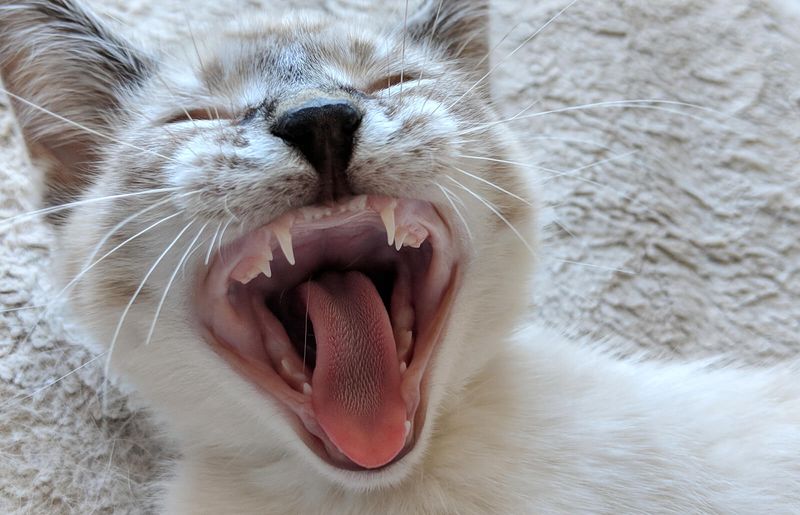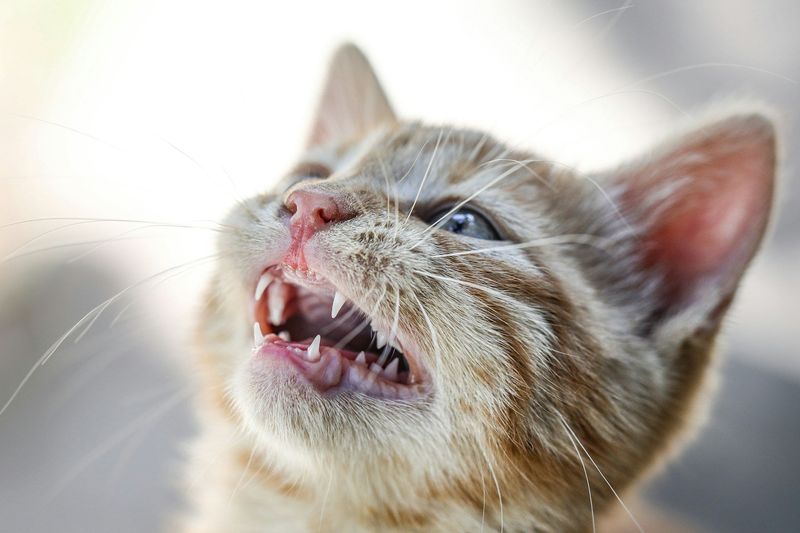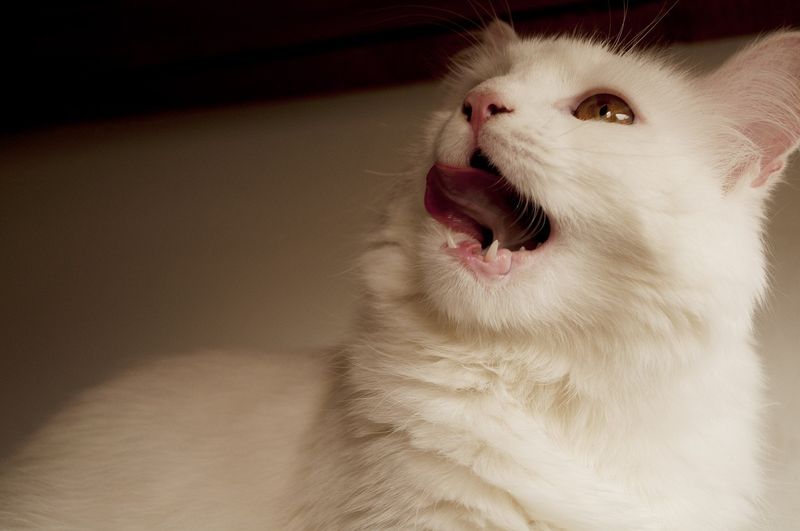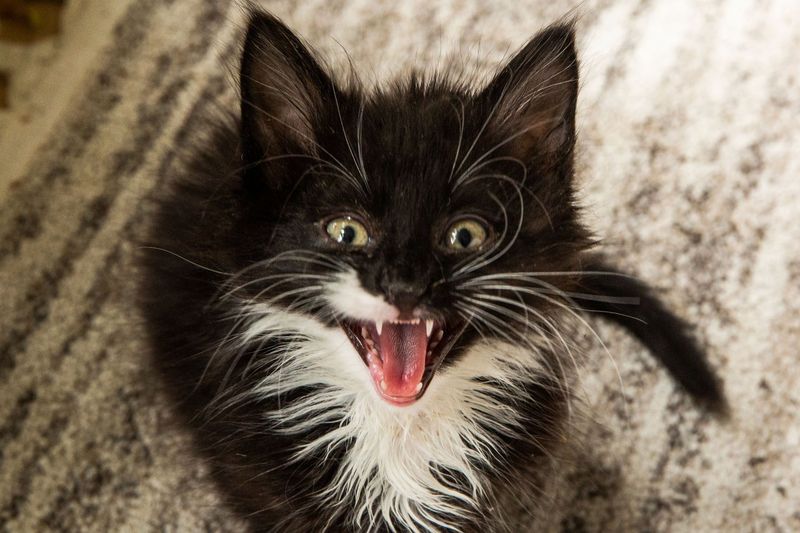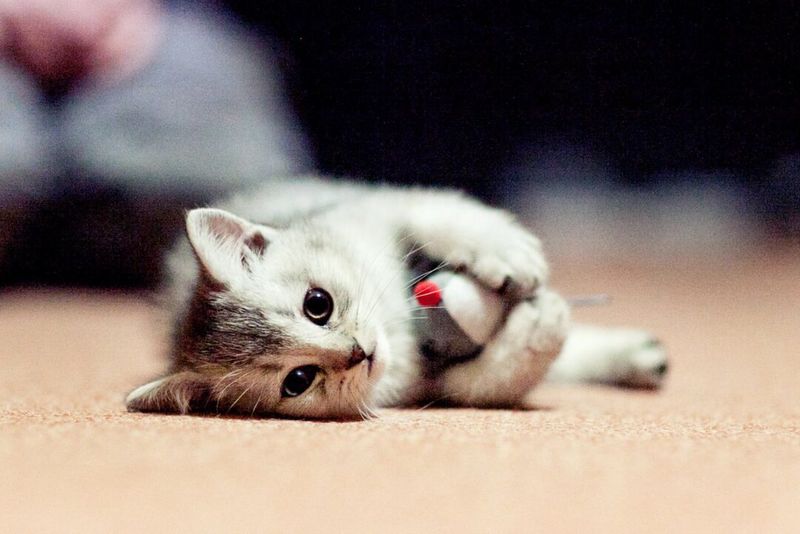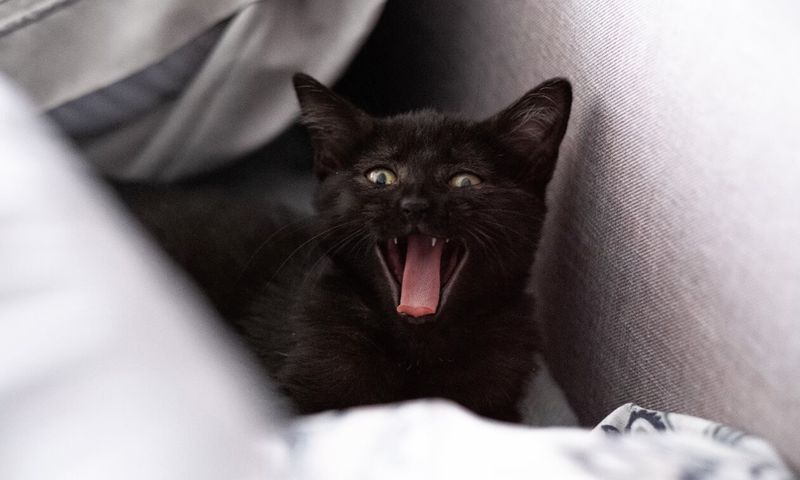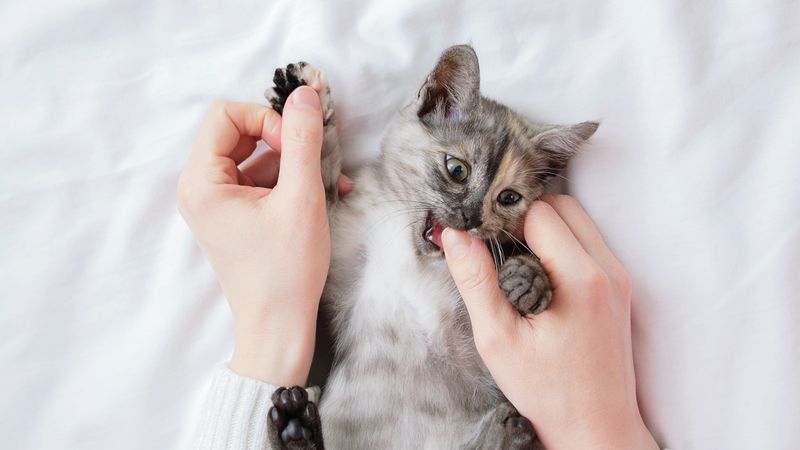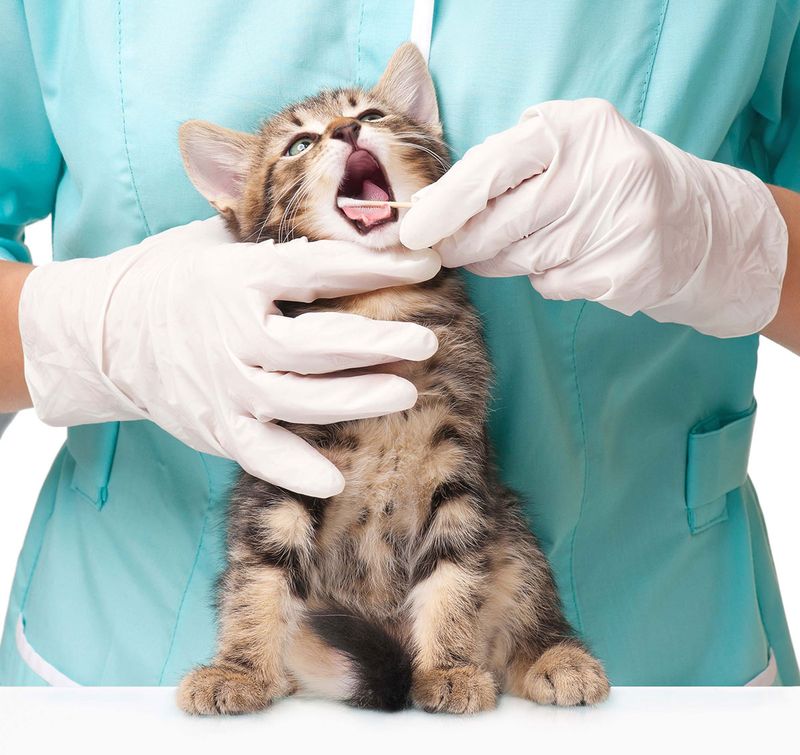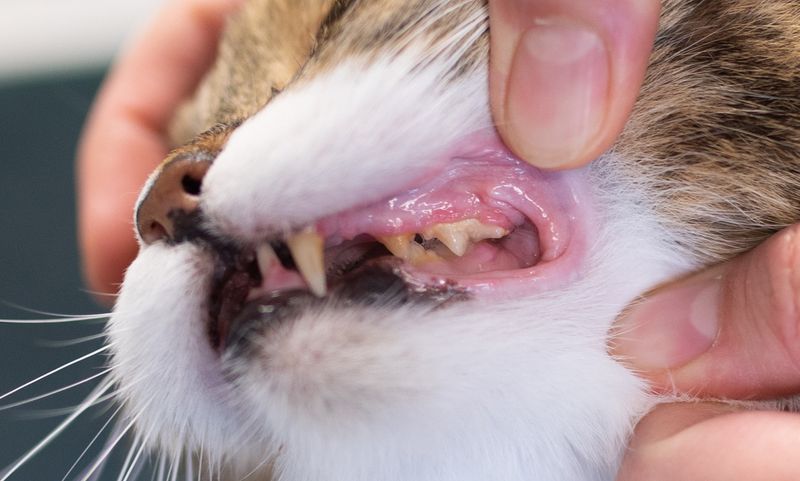📖 Table of Content:
Bringing home a playful kitten is a joyful experience, but few new pet owners realize that kittens go through a teething phase much like human babies. Teething is a natural, essential part of a kitten’s development that can affect their behavior, appetite, and even their health if not carefully monitored. Understanding what to expect during this phase can make it easier for both you and your tiny feline friend.
During teething, your kitten might act a little differently than usual, displaying new chewing habits or showing signs of mild discomfort. This stage is critical because it sets the foundation for their lifelong dental health. Proper care, the right toys, and knowing when to intervene can help minimize any pain and prevent future dental issues before they arise.
Whether you’re a first-time cat owner or adding another bundle of fur to your family, being informed about the kitten teething process is key to providing the best care. In this article, we’ll walk you through the ten most important things you need to know, including tips on managing teething symptoms and ensuring your kitten’s mouth stays healthy for years to come.
1. When It Starts
Around the third or fourth week of life, kittens begin their teething journey as their first baby teeth break through the gums. Typically, this initial eruption goes unnoticed because kittens are still nursing and eating soft foods. At this early stage, close observation is important if you want to spot the subtle signs. Some kittens may show increased salivation or begin mouthing objects. Early teething is an essential biological preparation for weaning onto solid foods. Since baby teeth are delicate, it’s crucial to treat teething kittens gently during this period. Recognizing these changes early can help you adjust their care for optimal comfort.
2. Full Set of Baby Teeth
By about eight weeks of age, kittens should have a complete set of 26 tiny, razor-sharp baby teeth. These teeth play a vital role in helping kittens transition to solid foods and practice natural behaviors like hunting and playing. Frequently, you’ll notice kittens becoming more active with their mouths around this time. They might start engaging in mock “hunting” with toys or siblings, using their new teeth. Although these teeth look adorable, they are very sharp and can cause unintentional scratches or bites. Being aware of the teething timeline helps owners better prepare for kitten-proofing their environment. Close supervision is key during this playful and pivotal time.
3. Losing Baby Teeth
As kittens approach the 11 to 16-week mark, they begin shedding their baby teeth to make room for permanent ones. Many owners won’t even notice this transition because the teeth are tiny and often swallowed. Despite the subtlety, you might observe slight bleeding from the gums or find a tiny tooth during playtime. Changes in chewing habits, such as favoring softer toys or foods, often accompany this phase. Periodic gum irritation is normal, but prolonged bleeding should prompt a vet check-up. It’s crucial during this stage to monitor their eating and chewing behaviors carefully. Gentle encouragement with appropriate toys can ease the discomfort naturally.
4. Adult Teeth Timeline
Between five and six months, a kitten’s adult teeth will have fully erupted, totaling 30 teeth designed for a carnivorous diet. Markedly, these teeth are stronger and meant for a lifetime of eating and play. It’s important to understand that, without proper dental care, issues can begin even at this young age. Some kittens may experience slight misalignment as the adult teeth emerge, which a vet should assess. Consistency in checking their mouth health during this phase can prevent long-term problems. Surprisingly, some cats retain baby teeth alongside adult ones, a condition called “persistent deciduous teeth.” Veterinary attention ensures these do not cause overcrowding or gum issues.
5. Teething Symptoms
Mild drooling, gum redness, and an insatiable urge to chew are some telltale signs of a teething kitten. Additionally, some kittens become slightly irritable or less enthusiastic about their regular kibble. While these symptoms are generally mild and temporary, careful monitoring is crucial to catch anything unusual. A slight decline in appetite might also occur, but refusal to eat altogether warrants professional evaluation. Increased chewing behavior should be directed toward safe toys to avoid damage to household items. Patience during this period helps build trust between you and your kitten. Staying observant ensures their transition from baby teeth to adult teeth is as smooth as possible.
6. Chewing Behavior
Nothing can quite prepare you for the surge in chewing behavior that comes with teething. Interestingly, kittens are instinctively driven to chew in order to alleviate gum pressure and discomfort. Household items like shoes, cords, and even furniture legs can become unexpected targets. Setting clear boundaries and offering a range of appropriate chew toys is essential during this phase. Safe, soft rubber or plush toys designed specifically for kittens provide excellent alternatives. Consistent redirection away from inappropriate items helps reinforce good behavior. The more variety you provide, the less likely they are to resort to destructive chewing.
7. Tender Gums
Soft, swollen gums can make even the most playful kittens temporarily subdued or fussy. Occasionally, you might notice small spots of blood on their toys or bedding, which is typically normal. Gentle petting around their face or jaw can help detect soreness without causing pain. Offering chilled teething toys can soothe inflamed gums and make chewing more comfortable. It’s important to be patient and understanding during this sensitive period. Avoid brushing their teeth aggressively if they seem uncomfortable, and stick to very soft foods if needed. Compassionate care now will pay off with a happy, healthy cat later.
8. Dental Care Starts Early
Early dental hygiene routines can significantly reduce the risk of periodontal disease later in life. Surprisingly, starting a dental routine during teething teaches kittens to tolerate mouth handling. Introducing a kitten-safe toothbrush and flavored toothpaste can make the process enjoyable for both pet and owner. Make sure to keep initial sessions very short and positive to build trust. Creating these healthy habits early means fewer vet visits and cleaner teeth down the road. Investing in dental care now will also save money and prevent painful conditions. Building a foundation of good dental practices begins even before all their adult teeth are in.
9. Watch for Complications
Occasionally, complications during teething can signal deeper health issues that require prompt attention. Persistent baby teeth, for example, can interfere with the proper growth of adult teeth. Owners should look out for signs like chronic bad breath, excessive drooling, or refusal to eat altogether. Regular vet visits during the teething phase can catch any developing problems early. In rare cases, dental surgery may be required to correct overcrowded or impacted teeth. Even if things seem normal, professional dental check-ups ensure your kitten’s mouth is healthy. Proactive care saves your kitten from unnecessary pain and future dental woes.
10. Teething Toys and Remedies
Several excellent solutions exist to help kittens cope with teething discomfort safely. Cooling a soft rubber toy in the refrigerator can provide instant relief for inflamed gums. There are also special kitten teething rings and soft chew toys widely available at pet stores. Providing multiple textures keeps kittens engaged and prevents boredom-driven destructive behavior. Always supervise your kitten during chew sessions to avoid any accidental ingestion of toy pieces. If your kitten shows no interest in toys, a vet can recommend safe, edible alternatives. Thoughtful preparation ensures your kitten passes through the teething phase happy and healthy.

